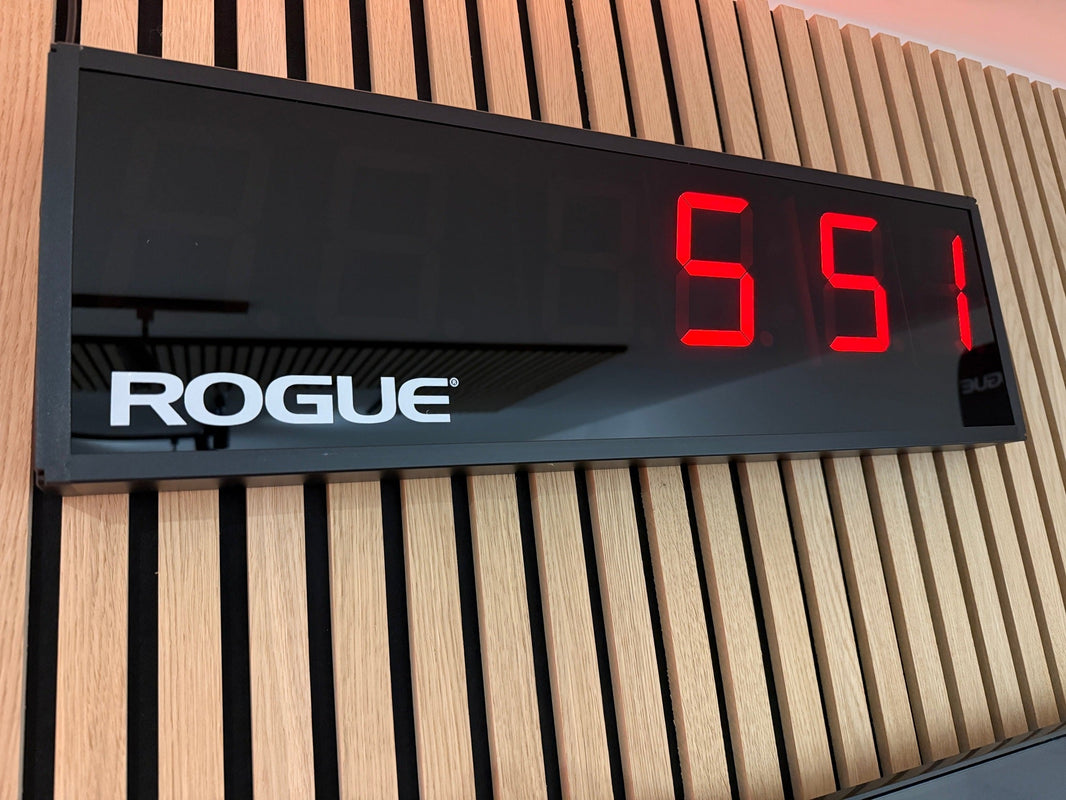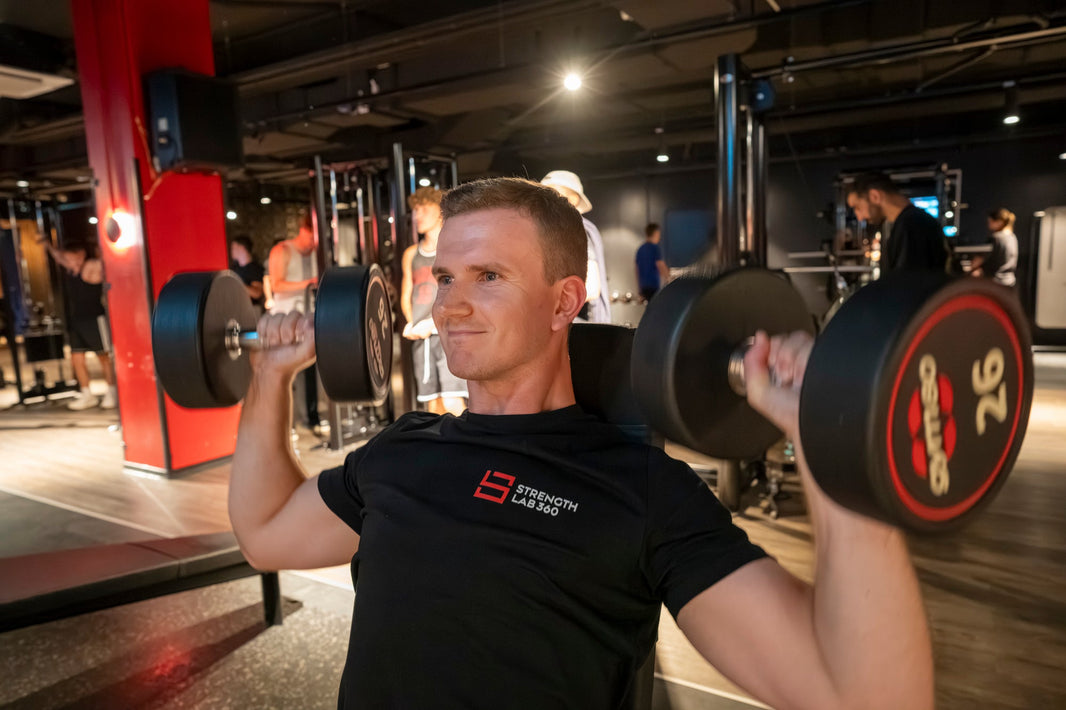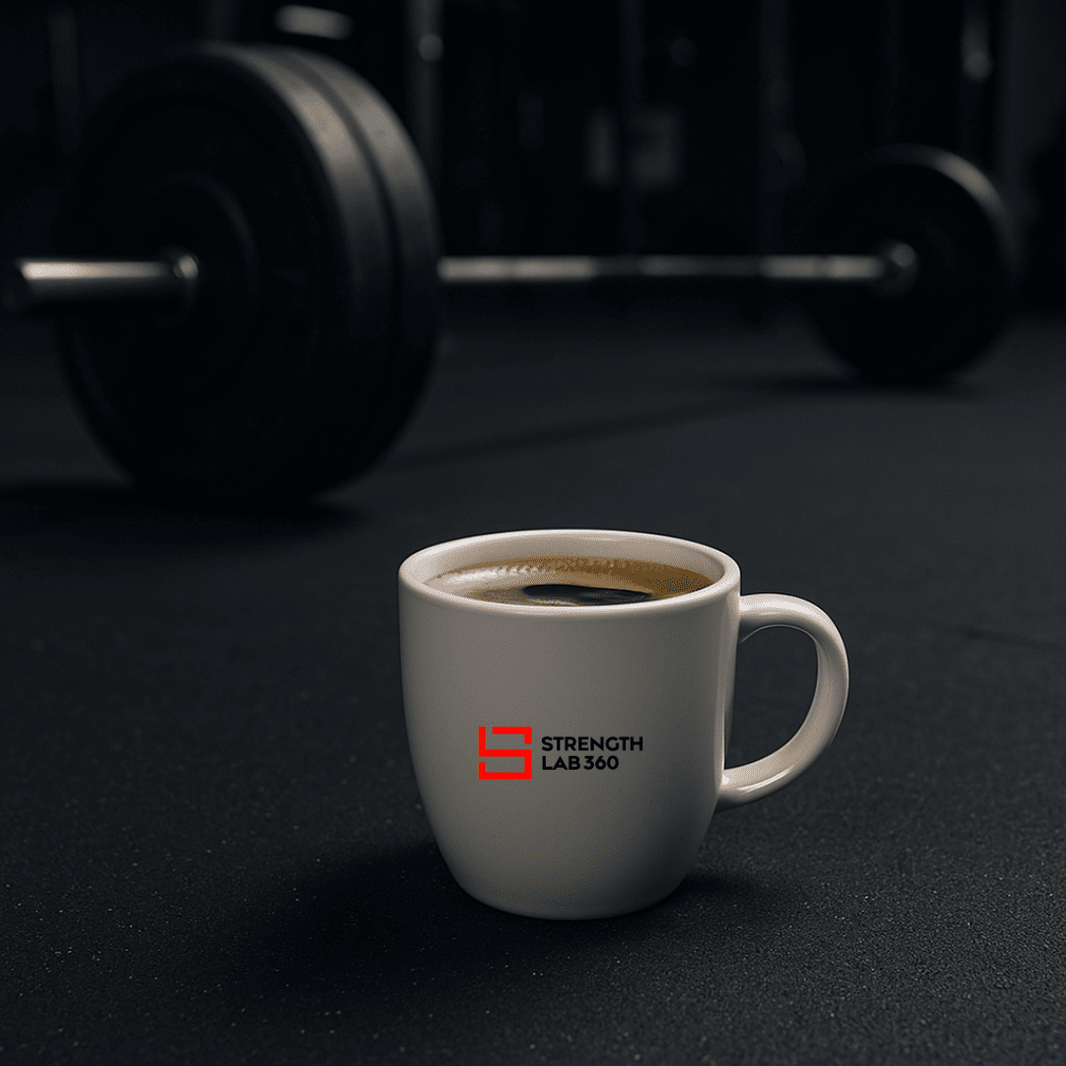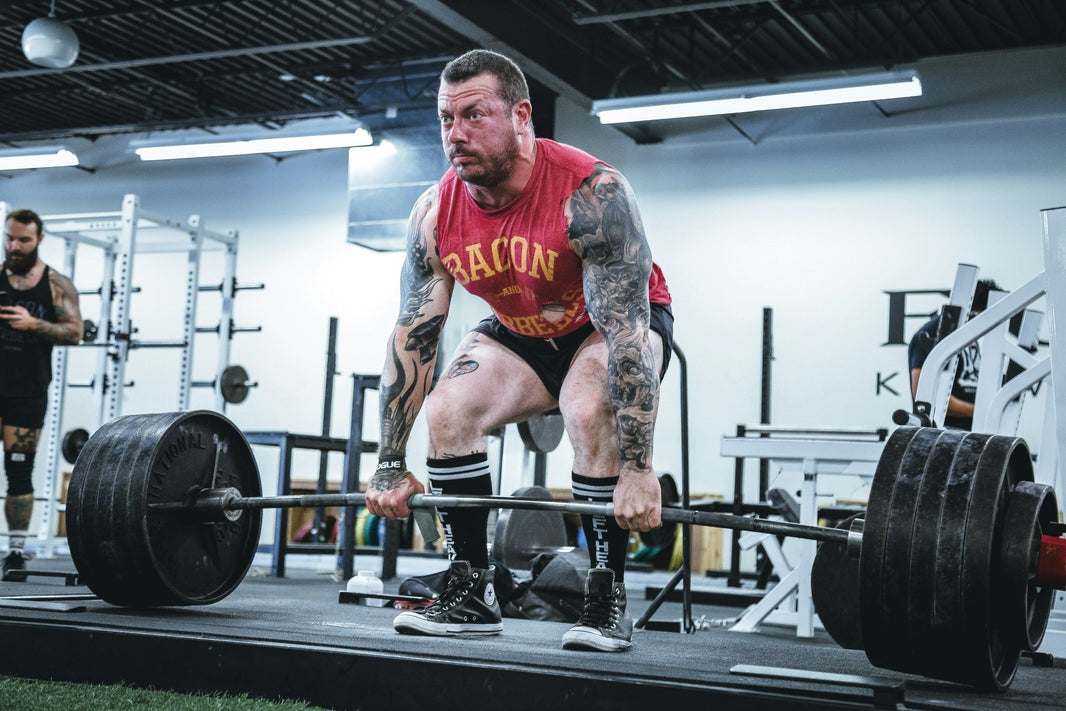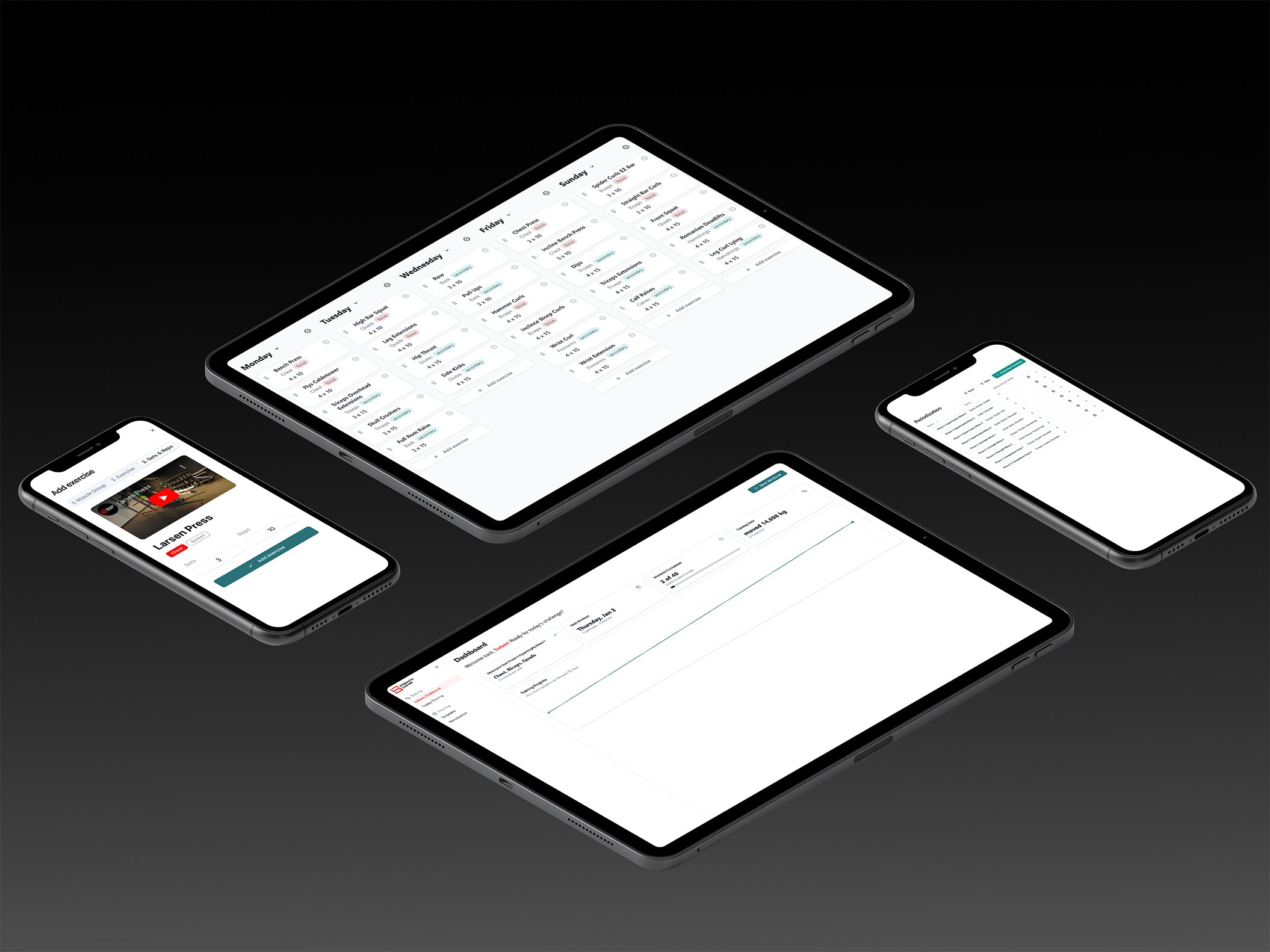Strength training plateaus can be frustrating, but breaking through them is possible with the right strategies. This guide explores effective tips like progressive overload and periodization to help you overcome these barriers and achieve your fitness goals. Just when you think you’re making consistent progress, you hit a wall—a plateau. These plateaus can be frustrating, but they’re also a natural part of the muscle-building process. The good news is that with the right strategies, you can break through these barriers and continue making gains.
In this comprehensive guide, we’ll explore effective tips backed by the latest scientific research to help you overcome strength training plateaus and reach new heights in your fitness journey.
Understanding Strength Training Plateaus
A strength training plateau occurs when you stop making progress despite consistent effort and training. This stagnation can manifest as:
- No increase in weight lifted.
- No visible changes in muscle mass.
- Decreased motivation or performance.
Why Do Strength Training Plateaus Happen?
Plateaus often result from the body’s adaptation to a consistent training stimulus. Over time, your muscles become efficient at performing the same exercises with the same intensity, leading to diminished returns.
Assessing Your Current Routine
Before making changes, it’s essential to evaluate your current training program.
Identifying Stagnation Points
- Performance Logs: Keep a detailed training journal to spot trends.
- Physical Signs: Look for signs like persistent soreness or lack of energy.
- Psychological Factors: Note any decreased motivation or enjoyment.
Evaluating Training Volume and Intensity
- Volume: Amount of work done (sets x reps).
- Workload: Volume x weight
- Intensity: The load or percentage of your one-rep max (1RM).
According to recent studies, adjusting volume and intensity can reignite progress by challenging the muscles differently.
Implementing Progressive Overload in your Workout
Progressive overload is the gradual increase of stress placed upon the body during exercise training.
Increasing Weight Gradually to Overcome your Strengt Plateau
- Microloading: Increase weights by small increments (e.g., 1-2%).
- Frequency: Adjust how often you increase the weight based on performance.
Adjusting Repetitions and Sets
- Repetitions: Alter the number of reps to challenge muscle endurance and strength.
- Sets: Increase or decrease the number of sets to adjust total volume and workload
Incorporating Periodization
Periodization involves varying your training program at regular intervals to optimize performance and recovery.
Understanding Training Cycles
- Macrocycles: Long-term training periods (2-12 months, 2 or more mesocycles).
- Mesocycles: Medium-term (3-6 weeks).
- Microcycles: Short-term (1 week).
Types of Periodization Models
- Linear Periodization: Gradually increasing intensity while decreasing volume.
- Non-Linear Periodization: Frequent changes in intensity and volume within a cycle.
Research indicates that periodized training programs are more effective in promoting strength gains compared to non-periodized programs.
Optimizing Nutrition and Recovery
Nutrition and recovery are critical components in breaking through plateaus.
Prioritizing Protein Intake
- Protein Requirements: Aim for 1.6-2.2 grams of protein per kilogram of body weight.
- Protein Timing: Distribute protein intake evenly throughout the day.
Ensuring Adequate Rest
- Sleep: Aim for 7-9 hours per night to promote muscle recovery.
- Rest Days: Incorporate at least one full rest day per week.
Introducing Variation in Exercises
Changing your workout routine can shock your muscles into new growth.
Changing Exercise Selection
- Alternate Exercises: Swap out traditional movements for variations (e.g., barbell squats to front squats).
- New Modalities: Incorporate kettlebells, resistance bands, or bodyweight exercises.
Altering Exercise Order
- Prioritize Weaknesses: Start your workout with exercises targeting lagging muscle groups.
- Supersets and Circuits: Introduce supersets to increase intensity and save time.
Mental Strategies to Overcome Plateaus
A strong mindset is essential for pushing past barriers.
Setting SMART Goals
- Specific: Clearly define what you want to achieve.
- Measurable: Quantify your progress.
- Achievable: Set realistic targets.
- Relevant: Align goals with your overall objectives.
- Time-bound: Set deadlines to stay motivated.
Visualizing Success
Visualization techniques can enhance performance by mentally preparing you for success.
Effective Strategies to Overcome Strength Training Plateaus
Breaking through plateaus in strength training requires a multifaceted approach. By assessing your current routine, implementing progressive overload, incorporating periodization, optimizing nutrition and recovery, introducing variation, and adopting mental strategies, you can overcome stagnation and continue progressing.
Remember, plateaus are temporary. With persistence and the right strategies, you’ll be back on the path to achieving your fitness goals.
Scientific Studies and Reviews
Understanding Strength Training Plateaus
-
Causes of Plateaus:
- Zatsiorsky, V. M., & Kraemer, W. J. (2006). Science and Practice of Strength Training. Human Kinetics. Book Reference
- Schoenfeld, B. J., & Grgic, J. (2018). Plateaus in Muscle Strength and Size: What Causes Them and How to Overcome Them. Strength & Conditioning Journal, 40(5), 99–102. DOI
-
Adaptation to Training Stimuli:
- Bompa, T. O., & Buzzichelli, C. (2018). Periodization: Theory and Methodology of Training. Human Kinetics. Book Reference
Progressive Overload
-
Progressive Overload Principles:
- Rhea, M. R., et al. (2002). A Meta-Analysis to Determine the Dose Response for Strength Development. Medicine & Science in Sports & Exercise, 35(3), 456–464. DOI
-
Microloading and Frequency:
- Helms, E. R., et al. (2014). Evidence-Based Recommendations for Natural Bodybuilding Contest Preparation: Resistance and Aerobic Training. Journal of the International Society of Sports Nutrition, 11(1), 20. DOI
Periodization Strategies
-
Periodization Models:
- Prestes, J., et al. (2009). Comparison of Linear and Reverse Linear Periodization Effects on Maximal Strength and Body Composition. Journal of Strength and Conditioning Research, 23(1), 266–274. DOI
-
Effectiveness of Periodization:
- Williams, T. D., et al. (2017). Effect of Training Modalities on Muscular Strength and Power: A Meta-Analysis. Journal of Strength and Conditioning Research, 31(9), 2591–2600. DOI
Nutrition and Recovery
-
Protein Requirements for Strength Training:
- Phillips, S. M., & Van Loon, L. J. C. (2011). Dietary Protein for Athletes: From Requirements to Optimum Adaptation. Journal of Sports Sciences, 29(Sup1), S29–S38. DOI
-
Importance of Sleep and Rest:
- Fullagar, H. H., et al. (2015). Sleep and Athletic Performance: The Effects of Sleep Loss on Exercise Performance, and Physiological and Cognitive Responses to Exercise. Sports Medicine, 45(2), 161–186. DOI
Exercise Variation and Mental Strategies
-
Exercise Variation for Growth:
- Gentil, P., et al. (2015). Comparison of Hypertrophy and Strength Gains Between Strength Training Programs With Linear and Daily Undulating Periodization Models. Journal of Strength and Conditioning Research, 29(10), 2794–2800. DOI
-
Mental Strategies and Visualization:
- Moran, A. (2016). The Psychology of Concentration in Sport Performers: A Cognitive Analysis. Routledge. Book Reference
General Resources
-
American College of Sports Medicine (ACSM) Guidelines:
- ACSM’s Guidelines for Exercise Testing and Prescription (11th Edition). American College of Sports Medicine. Website
-
National Strength and Conditioning Association (NSCA) Recommendations:
- Essentials of Strength Training and Conditioning (4th Edition). National Strength and Conditioning Association. Website
FAQ
A strength training plateau refers to a period where a lifter is unable to make progress in their weightlifting performance despite consistent training. This can happen for various reasons, including adaptation to the workout routine, insufficient recovery, or not challenging the body with heavier weight. When the body gets used to a certain rep range or workout program, it may stop responding, leading to stagnant strength gains and muscle growth.

